Our exercise video below really highlights several of the unique characteristics of the patented motion of Core-Tex. This version of the Split Squat on Core-Tex allows you to target the glutes and posterior hip in all 3 planes AND add the necessary positive stress to the soft tissue structures of the knee. This application will build resiliency against contact and non-contact stressors.
No other environment will allow you to systematically expose the knee to an unlimited number of force vectors in a controlled environment like Core-Tex.
According to the most current Clinical Practice Guidelines from the Academy of Orthopedic Physical Therapy and the American Academy of Sports Physical Therapy in the Journal of Orthopedic Sports Physical Therapy:
"For the greatest reduction in future medical costs and prevention of ACL injuries, osteoarthritis, and total knee replacements, clinicians, coaches, parents, and athletes should encourage implementation of exercise-based ACL injury prevention programs in athletes 12 to 25 years of age and involved in sports with a high risk of ACL injury."
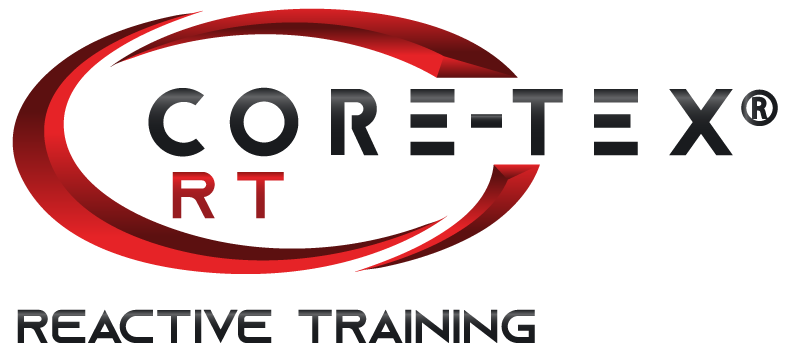
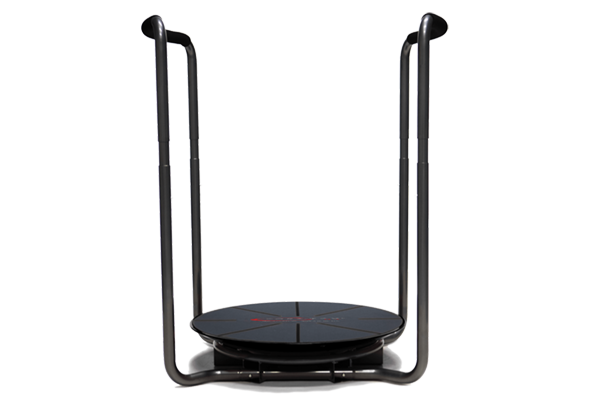
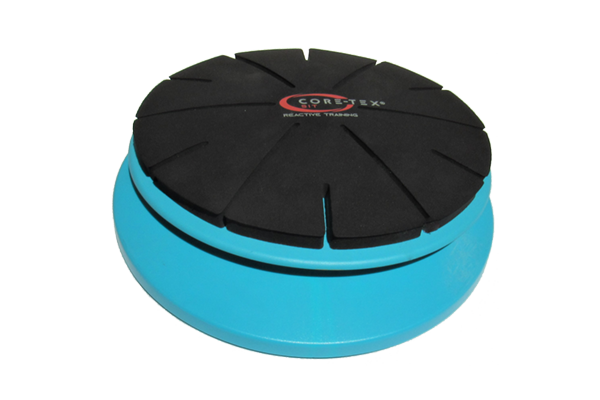
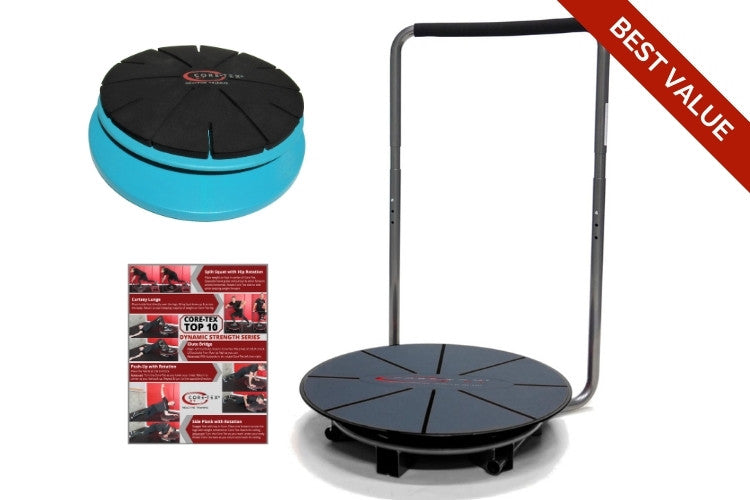

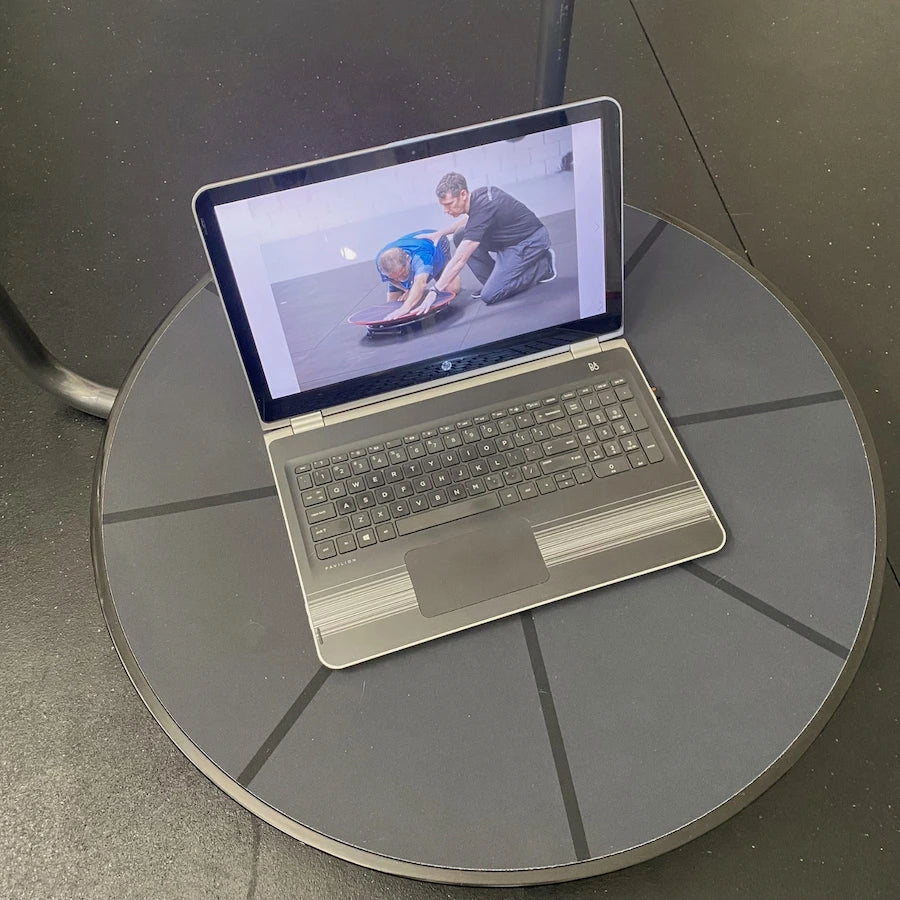
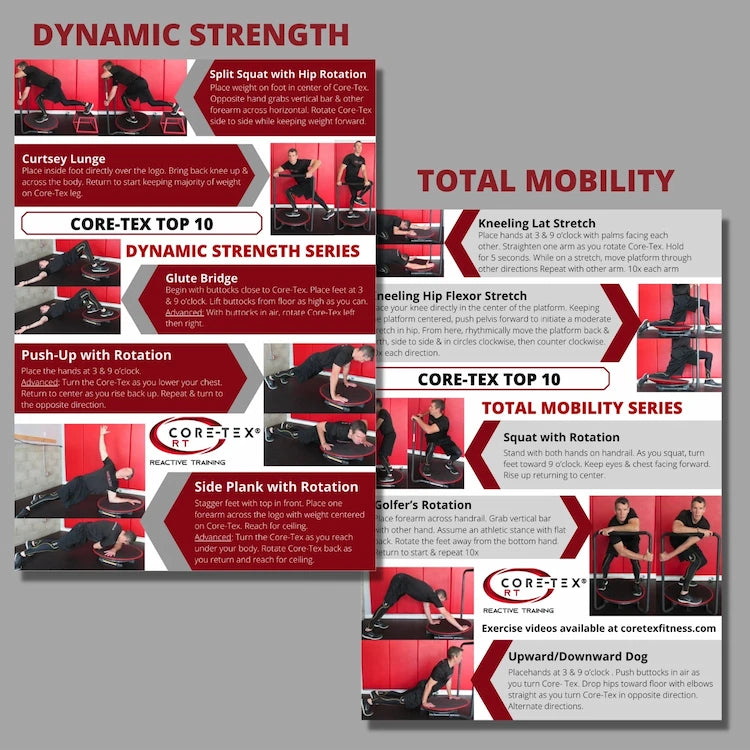
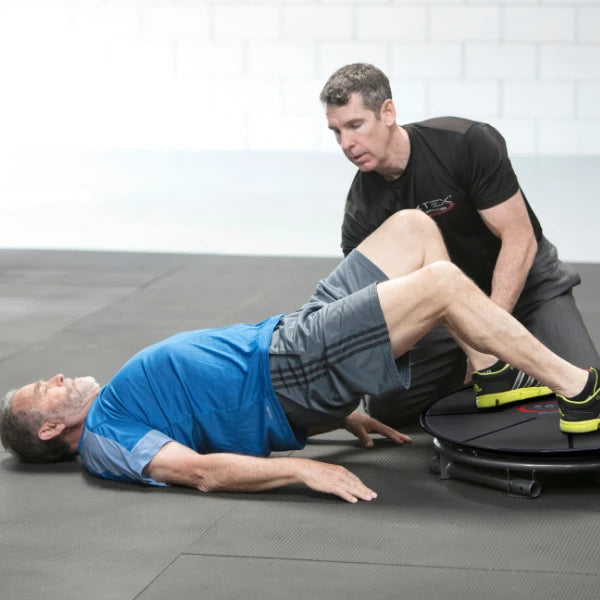
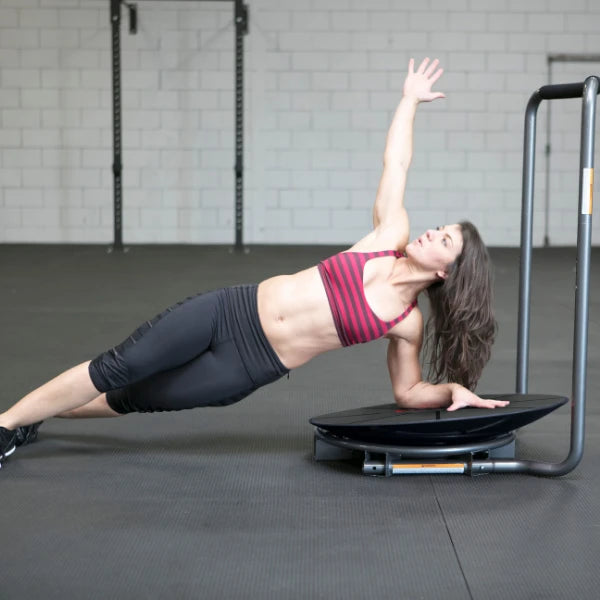
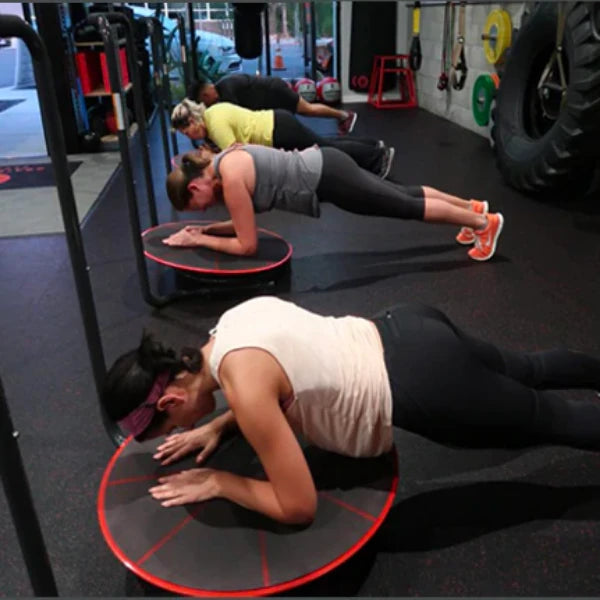
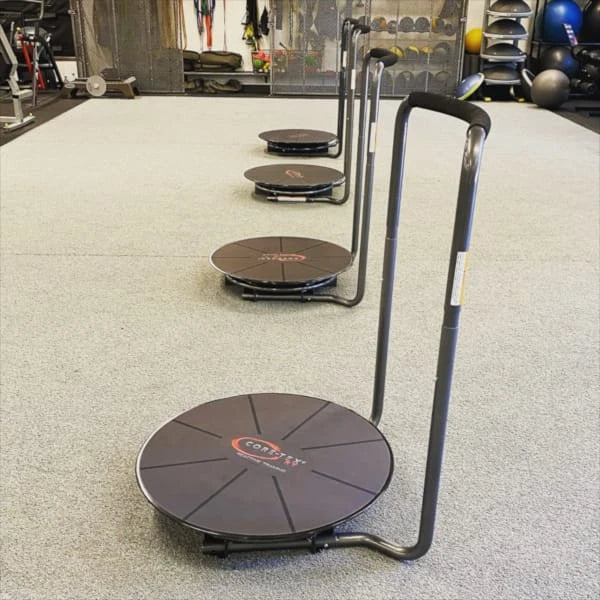
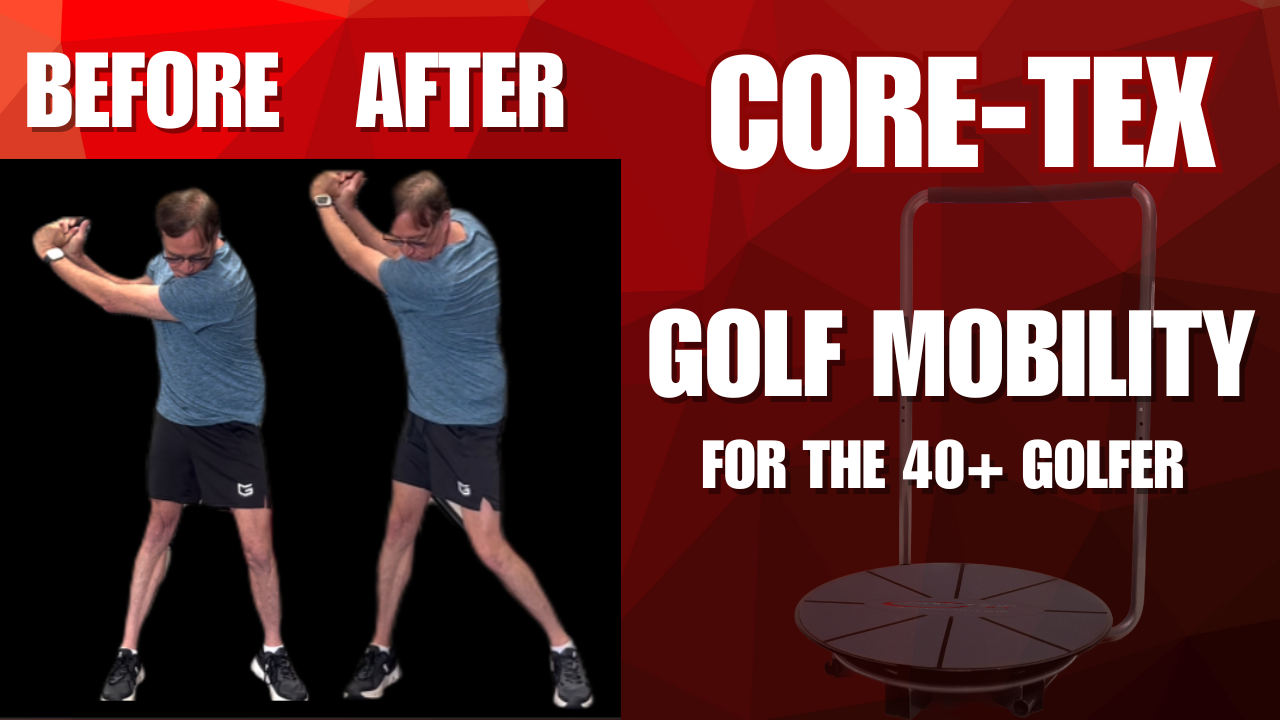
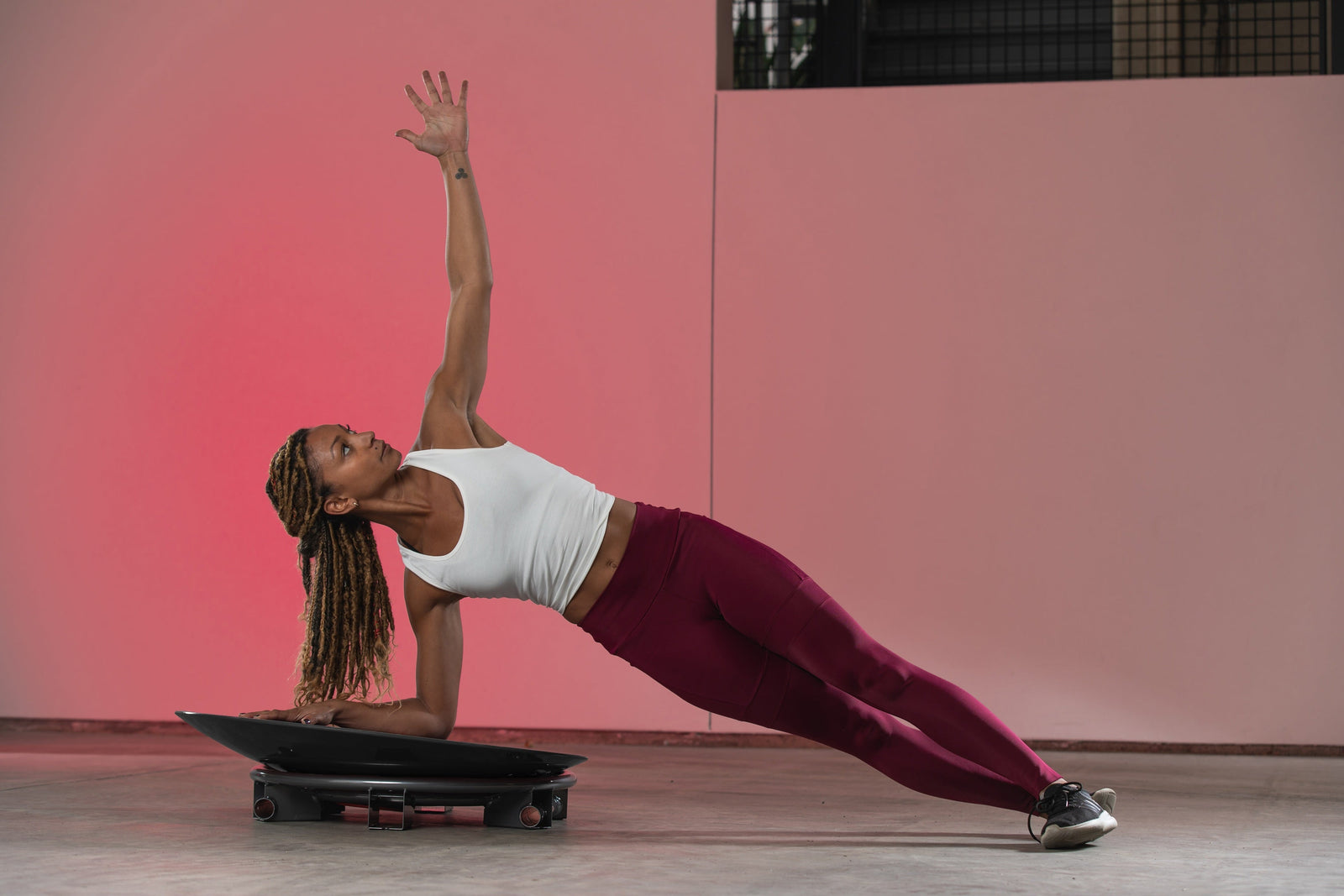

Leave a comment (all fields required)